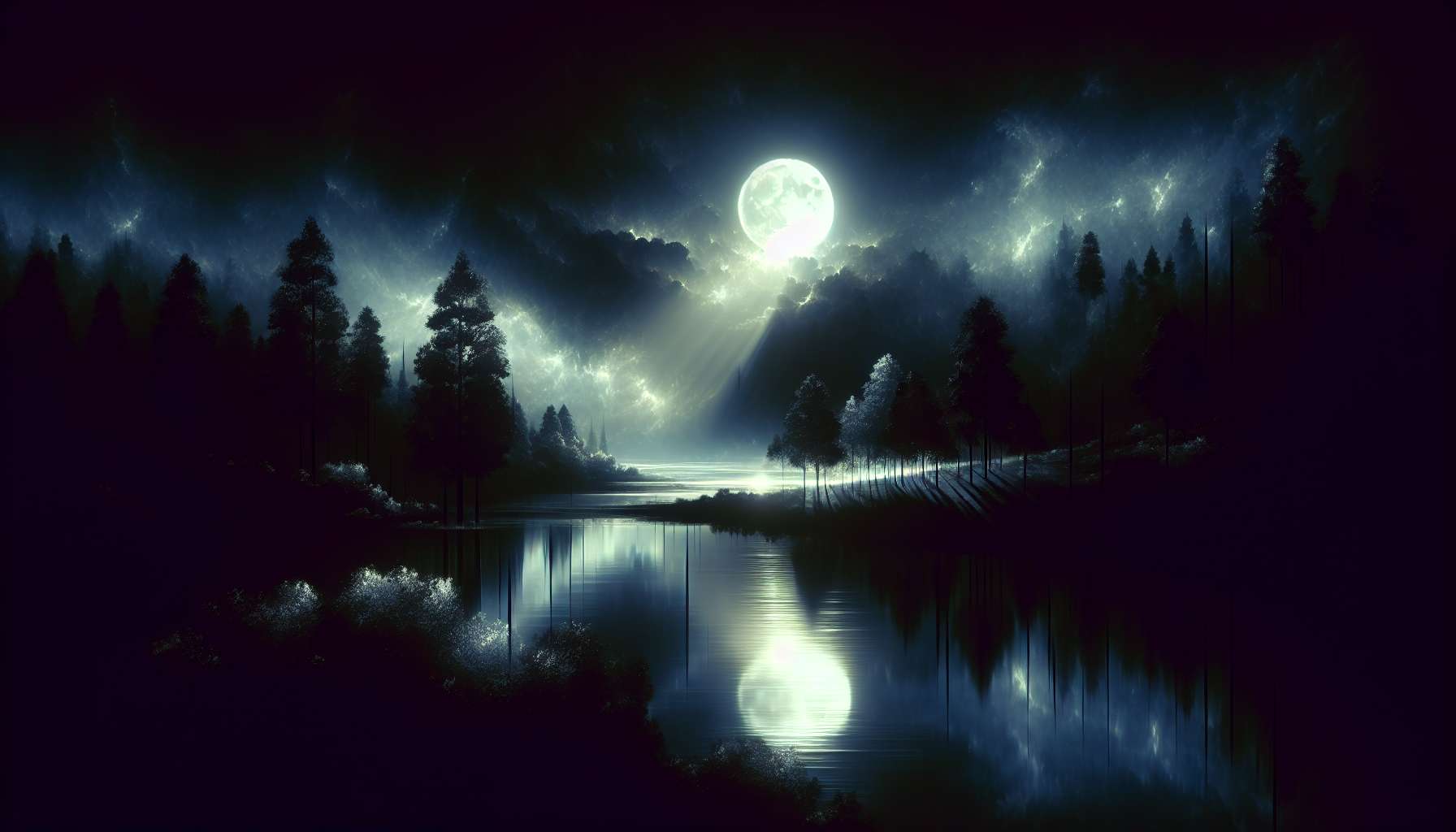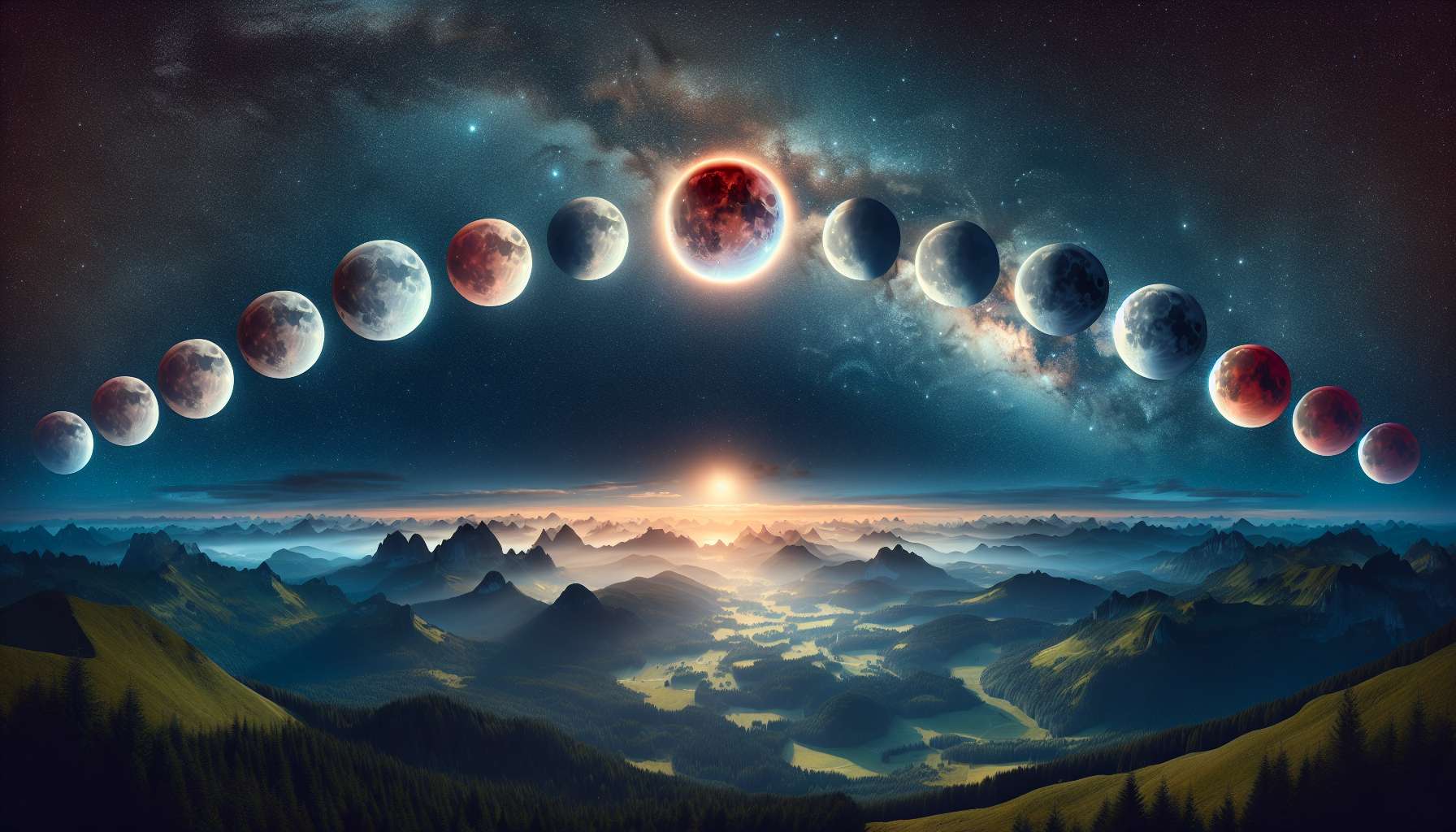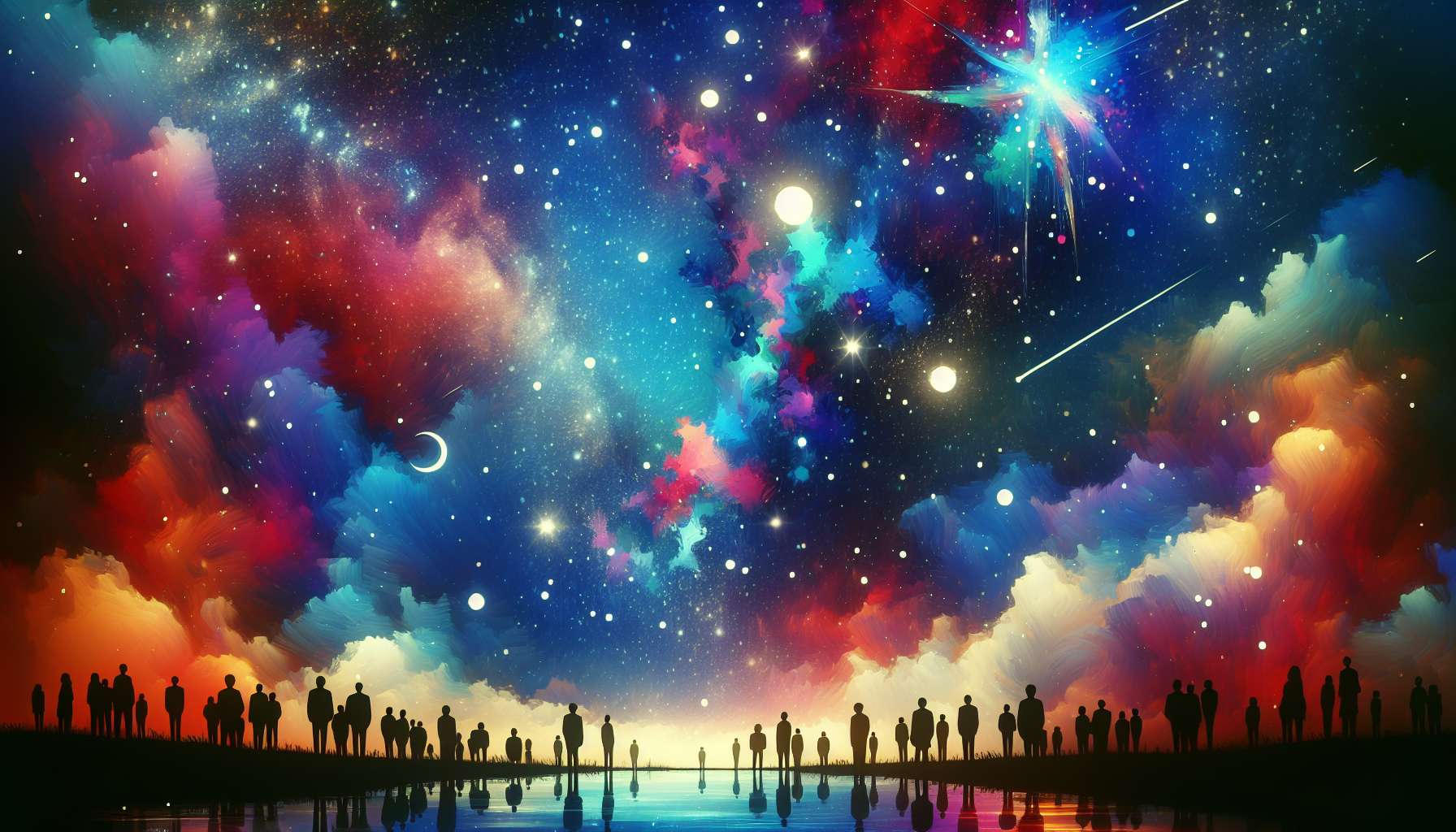Nocturnal Nuances in Art: Exploring the Mystique of Nighttime Creations
Art has always been a medium through which humanity expresses its deepest thoughts, emotions, and perceptions. From the vibrant colors of a sunny landscape to the somber tones of a melancholic portrait, art captures the essence of life in all its facets. However, there is a particular allure to artworks that depict the nocturnal world. The darkness of the night, illuminated by the soft glow of moonlight or artificial sources, offers a unique canvas for artists to explore. In this article, we delve into the fascinating realm of ‘Nocturnal Nuances in Art’, unraveling the mysteries and beauty that come alive under the cloak of darkness.
The Allure of Nighttime Aesthetics
The night has always held a special fascination for artists across different eras and cultures. From the romantic paintings of the moonlit countryside by the likes of Vincent van Gogh to the surreal compositions of Salvador Dali, nocturnal themes have inspired some of the most iconic works in art history. The play of light and shadow, the eerie silence, and the sense of mystery that shrouds the night all contribute to the allure of nighttime aesthetics.
One of the most notable aspects of artworks depicting nocturnal scenes is the use of chiaroscuro, a technique that emphasizes the contrast between light and darkness. Artists often use this technique to create dramatic effects, heighten emotions, and add depth to their compositions. The interplay of light and shadow in nocturnal art can evoke a wide range of feelings, from tranquility and contemplation to fear and unease.

The Symbolism of Nighttime Imagery
Throughout history, the night has been associated with a myriad of symbolic meanings. In art, nocturnal imagery is often used to convey themes of mystery, introspection, transformation, and the passage of time. The moon, stars, and other celestial bodies frequently appear in nocturnal artworks, symbolizing transcendence, enlightenment, and the infinite nature of the universe.
Many artists have also used nighttime scenes as a metaphor for the unconscious mind, exploring dreams, fantasies, and hidden desires. The darkness of the night becomes a metaphor for the unknown and the mysterious, inviting viewers to delve into the depths of their own psyche.
The Evolution of Nocturnal Art
While nocturnal themes have been a staple of art for centuries, the way in which artists approach and interpret the night has evolved over time. In the 19th century, the Romantic movement gave rise to a renewed interest in the sublime aspects of nature, leading artists to explore the nocturnal world with a sense of awe and wonder. Painters like Caspar David Friedrich and J.M.W. Turner captured the ethereal beauty of moonlit landscapes and stormy seas, infusing their works with a sense of melancholy and mystery.
In the 20th century, the Surrealist movement pushed the boundaries of traditional art by delving into the realm of dreams, the unconscious, and the irrational. Artists like Max Ernst and Ren Magritte used nocturnal imagery to create surreal and fantastical worlds, blurring the line between reality and illusion. The night became a symbol of the subconscious mind, a place where hidden desires and fears could be explored without constraint.
The Influence of Nocturnal Art on Contemporary Culture
In the digital age, artists continue to be inspired by the mysteries of the night, creating innovative and compelling works that push the boundaries of traditional art forms. With the advent of new technologies and mediums, the possibilities for exploring nocturnal themes have expanded exponentially. From digital art installations that use light and sound to create immersive nighttime experiences to photography that captures the beauty of cityscapes bathed in artificial light, contemporary artists are reimagining the nocturnal aesthetic in exciting and unexpected ways.
Nocturnal art has also found a prominent place in popular culture, influencing fashion, music, film, and literature. The dark, moody atmosphere of nocturnal imagery is often used in advertising and media to evoke a sense of mystery, sophistication, and allure. From the neon-lit streets of cyberpunk cities to the eerie landscapes of gothic horror films, the visual language of nighttime aesthetics pervades our cultural landscape.
The Controversies and Debates Surrounding Nocturnal Art
While the allure of nocturnal art is undeniable, it has also sparked debates and controversies within the art world. Some critics argue that the romanticization of darkness and the night can perpetuate negative stereotypes and reinforce harmful narratives. Others question the portrayal of nighttime themes as inherently mysterious or otherworldly, arguing that such depictions can be reductive and oversimplified.
Additionally, the use of nocturnal imagery in art has raised questions about representation, diversity, and cultural appropriation. Artists are increasingly being called upon to consider the implications of their work and the ways in which they depict nighttime themes. By engaging with these debates and challenges, artists have the opportunity to create more nuanced and inclusive representations of the nocturnal world.
Expert Opinions on Nocturnal Nuances in Art
To gain further insight into the world of nocturnal art, we reached out to renowned art historian Dr. Emily Collins for her expert opinion. According to Dr. Collins, “Nocturnal art offers a unique opportunity for artists to explore the interplay of light and darkness, unveiling hidden truths and emotions that are often obscured during the day. By embracing the mysteries of the night, artists can create works that resonate on a profound and visceral level with viewers.”
Dr. Collins also emphasizes the importance of diversity and representation in nocturnal art, stating that “Artists have a responsibility to challenge stereotypes and expand our understanding of nighttime aesthetics. By incorporating a wide range of perspectives and experiences, artists can create a more inclusive and dynamic portrayal of the nocturnal world.”
Common Misconceptions About Nocturnal Art
One common misconception about nocturnal art is that it is limited to a specific style or genre. In reality, artists from diverse backgrounds and artistic traditions have explored nocturnal themes in their work, incorporating a wide range of techniques and approaches. Nocturnal art is not confined to a single aesthetic but encompasses a broad spectrum of styles, from realism to abstraction, from traditional painting to multimedia installations.
Another misconception is that nocturnal art is inherently somber or melancholic in tone. While many nocturnal works do evoke feelings of introspection and contemplation, others celebrate the beauty and magic of the night in a more joyful and uplifting manner. Nocturnal art can be whimsical, playful, and even humorous, inviting viewers to see the night in a new light.
Conclusion: Embracing the Mystique of Nocturnal Nuances in Art
As we have explored in this article, ‘Nocturnal Nuances in Art’ offer a rich tapestry of themes, symbols, and emotions for artists and viewers to explore. From the symbolism of the night to the evolution of nocturnal art through the centuries, the allure of nighttime aesthetics continues to captivate and inspire. By engaging with the complexities and controversies surrounding nocturnal art, artists have the opportunity to create works that challenge perceptions, provoke thought, and expand our understanding of the world.
Next time you find yourself gazing at a painting of a moonlit landscape or a photograph of a city skyline at night, take a moment to appreciate the nuances and mysteries that the night has to offer. In the darkness, there is light; in the silence, there is beauty. Let us embrace the mystique of ‘Nocturnal Nuances in Art’ and allow ourselves to be transported to a world where the ordinary becomes extraordinary, and the night reveals its secrets.




